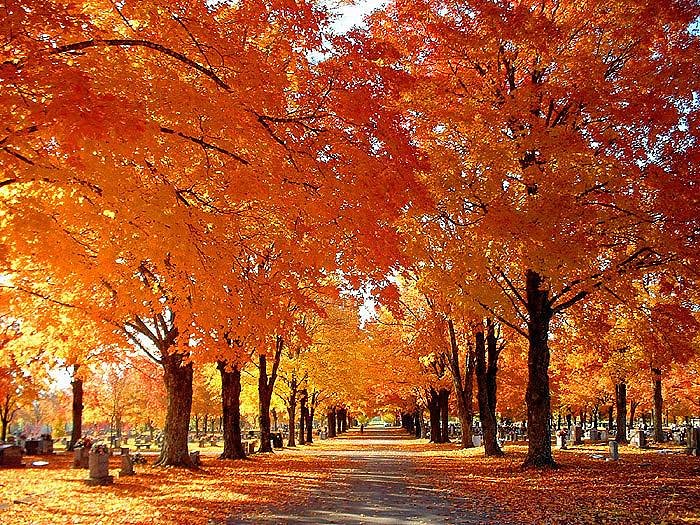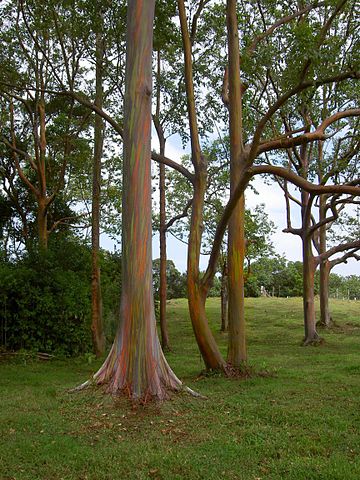Few rambles can rival for fall splendor the hills and deep valleys of the Ozark mountains that impose a breathless silence as the roads wind through one scene of hardwood glory after another. Humble villages and towns care little for the renown and bustle of distant cities as they bask in a spectacle that lays a hush upon the soul.

The highway brought us to one of those mountain towns: Harrison, Arkansas. In the Boone County Heritage Museum you might be greeted, as we were, by an eager intern who uncorked with relish the story of 1890s outlaw Henry Starr, master of artful tales, who slipped the noose of justice by blaming his accomplices for his many crimes, and who lived to make a silent-film-era version of his exploits (‘A Debtor to the Law’) before falling to a bullet during a bank heist in Harrison. It cannot be coincidence that these same hills were also once a playground for Jesse James who had a habit of riding out of town with the hard-earned savings of others. The lawless ethos of the Ozarks’ story draws a grin to locals who, like Starr, cannot help but embellish its dramas.
Beyond the museum’s accounts of a local railway and the Mountain Meadows Massacre, a quirky exhibit of parking meters, a celebration of the prowess of local schools and remnants of a vintage post office, there is finally a room crowded with Civil War memorabilia tended jealously by a still active chapter of the Sons of the Confederacy. And that thread of gray gives rise to a fraught conversation. The intern expresses frustration at the town’s unflattering reputation for a racist underbelly. Indeed, a startling billboard on the southern approaches to town makes it known that there is a white pride radio station in the neighborhood and that behind it stand national figures of the Ku Klux Klan, including Thomas Robb, pastor of the local Christian Revival Center. Other townsfolk have had confrontations with visiting racial justice activists and even a BBC journalist, most of whom have been rebuffed. A local civic group has been pushing back on these rankling vestiges of the past but with limited success.
Alan Paton, renowned novelist of South Africa, once entertained foreign guests who had read of the miseries attending apartheid years. Having traversed the country’s mountains, deserts, forests and farmlands, they remarked to him in surprise, “Ah, but your land is beautiful!’, as though expecting it, too, to be disfigured. This exclamation became the title of Paton’s later novel, suggesting that there was yet hope for a society, however flawed, to take on the beauty of its native land.
That elegant signpost of hope lives in Harrison, too. At every turn we were urged not to leave without visiting the Maplewood Cemetery on the southeast edge of town. We slipped through its gates on a brilliant Sunday afternoon, finding ourselves beneath the carnelian glow of row upon row of flaming maples. It must surely rank among the most stunning graveyards anywhere. It seemed to be saying that if our least worthy impulses could be exorcized, finally laid to rest, there would follow-on such a scene of ravishing beauty as to blot out all regrets, all tears.
It’s cemetery poetry of a beguiling – and bracing – species.



I always look forward to your comments! Thanks for your insights!
Hello, Leon! A writer has few delights as pleasing as to be read with understanding or better yet, with joy!
I greatly appreciate the associati0ns we have had over the years and am looking forward to reading your daily meditations in the current Rejoice devotional magazine. Keep up the inspirational work!
The flaming maples are stunning. However, I hope you will forgive a contrary comment. Years ago it was pointed out that a long row of trees of the same species is vulnerable to attack by any insect-borne disease. Better to vary the tree species in a long row.
Greetings, Tom! You make a telling point. And it argues, by analogy, that we are at our healthiest as human beings when we seek communities of varied make up, view points and experience.
AMEN